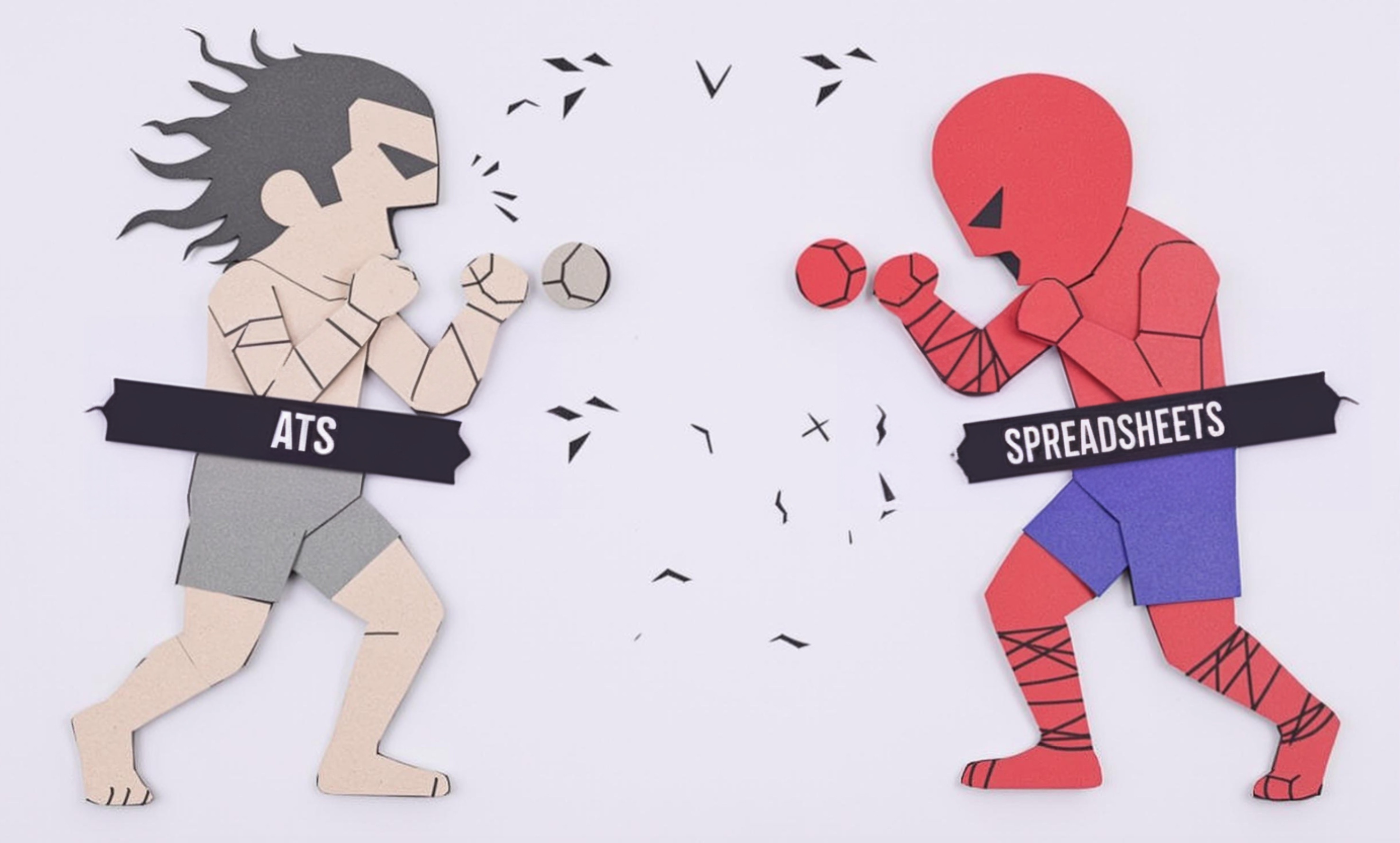
Raked Joint
A raked joint is a specific way of finishing the mortar between bricks or stones in masonry work. Instead of being flat, the mortar is scraped out to create a neat, shadow-like groove. This technique not only adds visual appeal to walls but also helps with water drainage. It's similar to other joint finishing methods like flush joints or weathered joints. This is a common skill that experienced masons should know how to create properly, as it appears frequently in both decorative and practical masonry work.
Examples in Resumes
Created decorative brick facades using Raked Joint techniques on multiple residential projects
Specialized in Raked Joint and other joint finishing methods for historic building restoration
Trained junior masons in proper Raked Joint execution and maintenance
Typical job title: "Masons"
Also try searching for:
Where to Find Masons
Professional Organizations
Job Boards
Professional Networks
Example Interview Questions
Senior Level Questions
Q: How do you ensure consistency in raked joint depth across a large wall surface?
Expected Answer: An experienced mason should discuss their systematic approach to maintaining uniform joint depth, tools used, and quality control methods. They should also mention training others and troubleshooting common issues.
Q: What considerations do you take into account when deciding on joint style for different projects?
Expected Answer: Should explain how weather conditions, building location, wall type, and client preferences influence joint selection, demonstrating comprehensive project planning abilities.
Mid Level Questions
Q: What tools do you use for creating raked joints, and how do you maintain them?
Expected Answer: Should be able to name specific tools like raking tools or jointing irons, explain proper cleaning and maintenance, and describe correct tool usage techniques.
Q: How do you handle raked joints in different weather conditions?
Expected Answer: Should discuss how temperature and humidity affect mortar setting time, and explain adjustments needed for different weather conditions.
Junior Level Questions
Q: What is the proper depth for a raked joint?
Expected Answer: Should know the standard depth range (usually 1/2 to 3/4 inch) and explain why proper depth is important for both appearance and functionality.
Q: What safety precautions do you take when creating raked joints?
Expected Answer: Should mention basic safety equipment like eye protection and dust masks, proper positioning, and awareness of falling debris.
Experience Level Indicators
Junior (0-2 years)
- Basic joint raking techniques
- Knowledge of basic masonry tools
- Understanding of mortar mixing
- Basic safety procedures
Mid (2-5 years)
- Consistent joint creation
- Multiple joint style execution
- Problem-solving common issues
- Weather-appropriate techniques
Senior (5+ years)
- Training and supervising others
- Complex restoration work
- Project planning and management
- Quality control implementation
Red Flags to Watch For
- Unable to explain proper joint depth measurements
- Lack of knowledge about different mortar types
- No experience with various weather conditions
- Poor understanding of safety requirements
Need more hiring wisdom? Check these out...

Refining Job Descriptions to Expand Applicant Pools: Casting a Wider Talent Net

From Passive to Active: Nurturing Candidates Over the Long Haul

Workforce Solutions Aggregators: The Next Big Thing You Didn't Know You Needed

